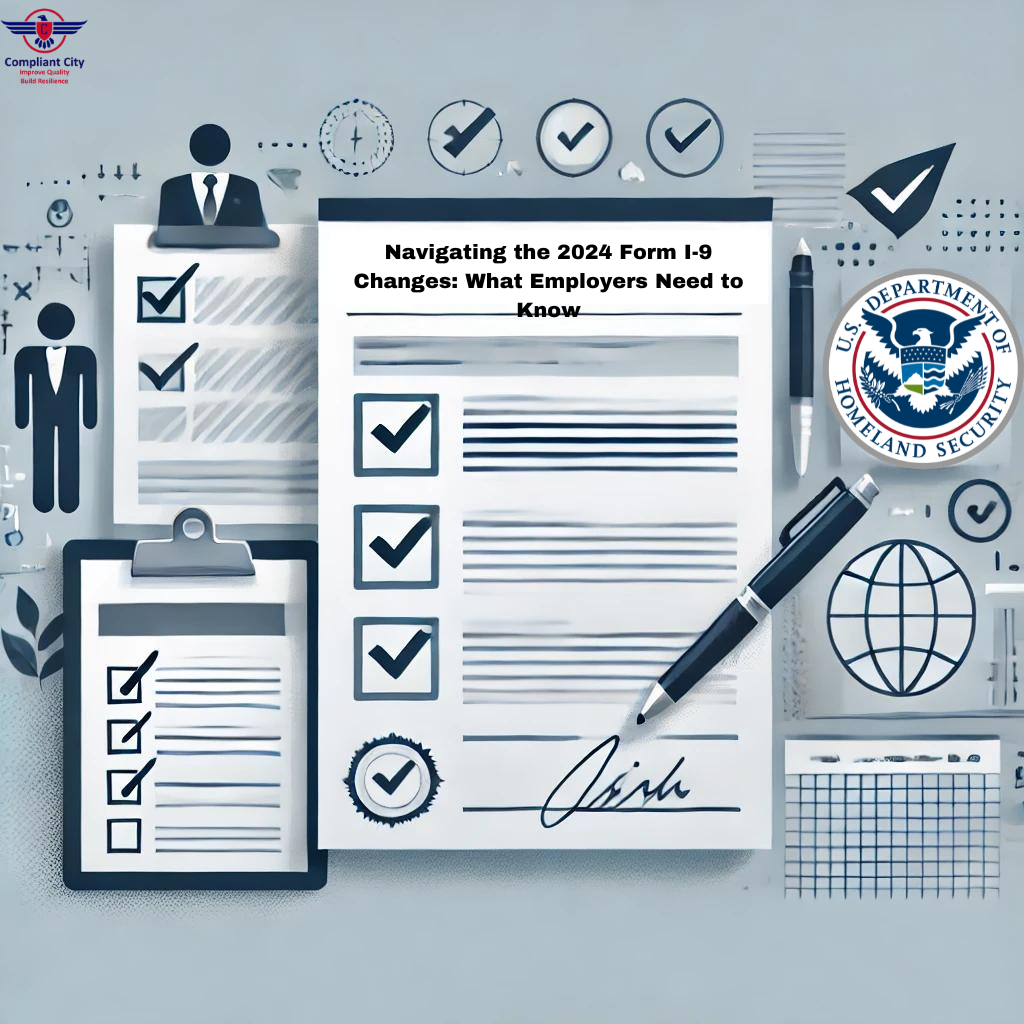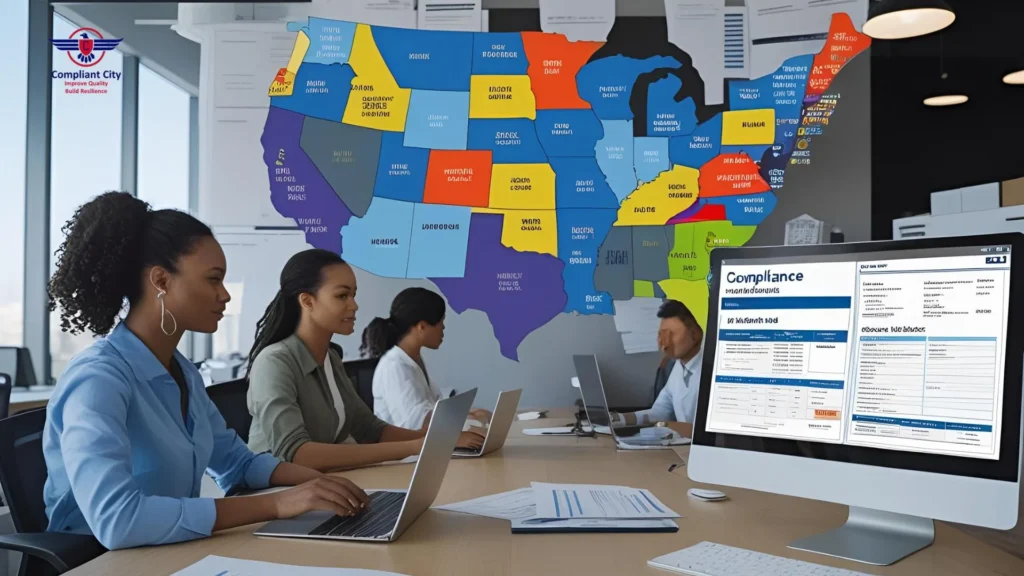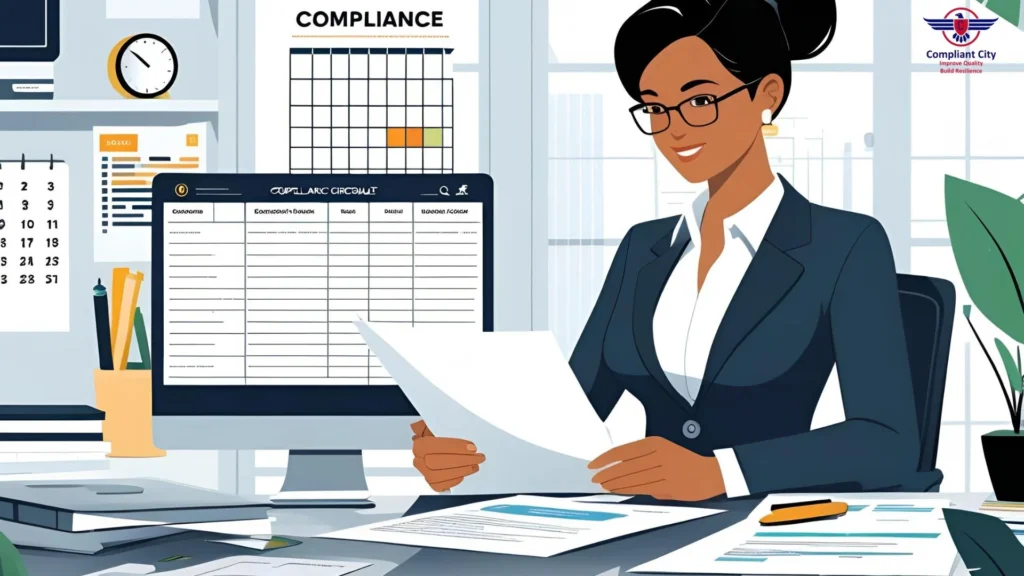Compliance with U.S. employment law remains a top priority for employers, large and small. All employers are required to ensure that employees are eligible to work in the United States. 2024, U.S. Citizenship and Immigration Services (USCIS) enacted numerous significant changes to Form I-9 compliance to better accommodate the needs of today’s workforce.
To assist you in maintaining compliance, I’m summarizing the big changes, what it means for your business, and some practical tips.
What’s New in Form I-9 in 2024
✅ Remote Document Verification Is Now Permanent
What started as a temporary pandemic-era measure has now been made permanent by the government. Now, employers can do all their verification virtually, which allows companies with remote or hybrid staffs to be more flexible in their hiring.
🆕 Employers Must Start Using the New Form I-9
Form I-9 (Rev. 08-22-2023) Valid Until 05/31/2027 All companies must switch out old versions by July 31, 2026. We strongly advise that you update your internal processes and processes to ensure that you are in compliance with this change.
✍️ Easy to Understand Layout and Instructions
The updated document features more detailed directions and a user-friendly layout. The new method minimizes the chance of human errors on finalization. The form will also be user-friendly to HR professionals and employees.
🚀 E-Verify NextGen Program Introduced
The USCIS has also launched its E-Verify NextGen platform to reduce verification errors. This automated system helps employers achieve compliance more efficiently and accurately.
How Employers Will Be Affected
The changes provide companies with more options, but they also require a proactive approach. Those companies that do not upgrade their internal operations will be subject to more compliance risks.
On the other side of the coin, the Department of Homeland Security (DHS) has increased the number of Form I-9 audits. Thus, even innocent mistake could translate into large fines.
Pro Tips: How Employers Can Stay Ahead
To successfully navigate these shifts, employers must embrace best practices such as: required
1. Internal I-9 Audits Conduct
Internal I-9 Audits Conduct periodic audits to ensure correct form completion and storage. Amend any inaccuracies or omissions pursuant to DHS policy. 👉
2. Train Your HR Team Thoroughly
Train HR teams thoroughly on the updated Form I-9 procedures, with special emphasis on remote document verification processes. Without adequate training, errors are more likely to occur.
3. Use E-Verify NextGen Tools
Leverage new features of E-Verify NextGen to make screening more efficient and ensure less human error.
4. Establish a Clear Remote Verification Policy
Create and share within the company a well-defined internal guideline for remote identification processes. It is important for all staff participating in the hiring process to know the time and what they have to do to make it happen.
5. Deal with Mistakes Right Away
Address identified errors immediately—whether found during internal audits or government inspections. Follow updated correction protocols precisely.
Why You Should Register for Our Form I-9 Compliance Webinar
If you’re not sure how to make these updates, or need some advice from a compliance whizz, you can’t afford to miss our next webinar:
““Mastering the 2024 Form I-9: Remote Verification, E-Verify, and Compliance Audits”
📅 Date: October 11, 2024
⏰ Time: 10 AM PT | 1 PM ET
🔗 Register Now: Click here to reserve your seat
What You Will Learn:
- An overview of the latest Form I-9 and its updates
- How to conduct remote document verification compliantly
- Best practices for I-9 audits and common error prevention
- Key features of E-Verify NextGen and how they benefit your business
- Proper methods for correcting and storing I-9 forms
This training session will offer you compliance techniques and best practices to prevent penalties.
Final Thoughts
The 2024 Form I-9 revisions will change how employees verify I-9s, specifically with remote work. Although intended to make compliance easier, doing nothing could expose your business to risk.




